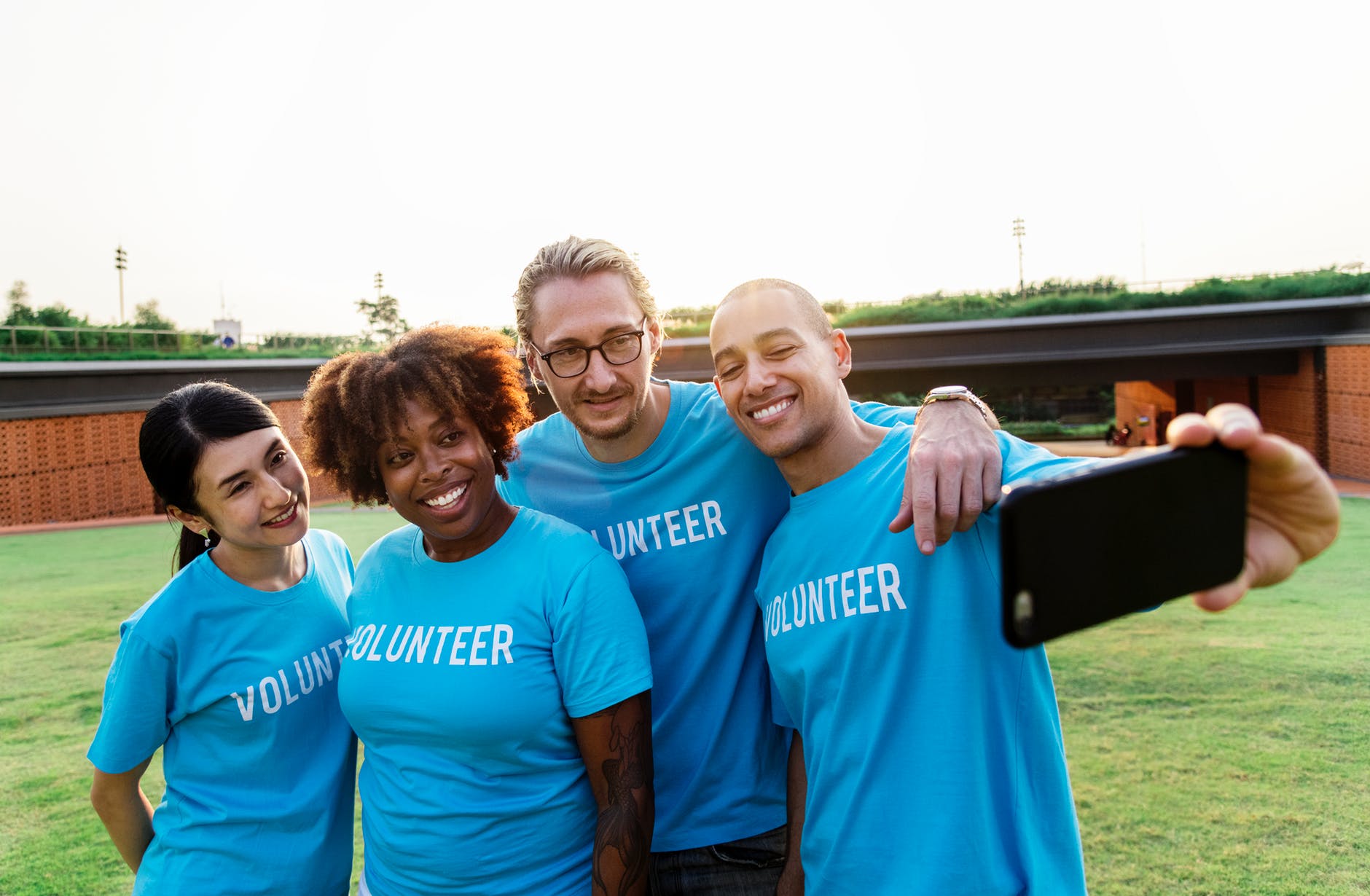Social Media is Ruining the Art of Storytelling
What does it take to tell a story? And more importantly, what does it matter?
These days, a string of tweets suffices as a story. Try telling Hemingway or Proust that a “tweetstorm” of 140-character blurbs, prefaced with THREAD (1/13), is a good story, and they’d laugh you out of your compute chair. Try telling Ansel Adams that a selfie on Instagram tells a valuable story, and so would he.
It makes sense that people would take advantage of the Internet and the new tools that come with it to express their stories: both the everyday kind and the artistic kind. But is doing so to anyone’s benefit, really? Or is it just eroding the types of stories we’ve come to cherish and connect with each other?
On very human level, I think social media serves more to diminish the power of storytelling than enhance it. Whether it’s Facebook, Twitter, or Instagram, social media has a bad tendency to reduce real stories to very basic bits of baloney, to put it bluntly.
I think there are several main problems. The first is that social media is a fast-moving vehicle for limitless content, which happens instead of being told at the expense of actual depth. Feeds of updates, photos, and blog posts communicate stories differently than one-on-one time: they pile up, reduced to pixels; they’re stripped of sentimental value. The casual user can take it or leave it when they see it, and when they choose to absorb it, do so at an arm’s length.
After all, you can poke or like someone through a screen, but actually touching someone through it is much harder—especially when there’s so much more out there at the scroll of a mouse.
This problem permeates all areas of digital storytelling: journalism, blogging, social sharing, you name it. The nature of social media feeds showcase quantity rather than quality, and amidst all the noise, indulging wholly in a story–let alone deriving value from it–is a lofty goal. Second-long “impressions” may be well and good for Verizon Wireless or Coca Cola, but when was the last time you enjoyed anything in one glance?
This is what happens when brands begin to act like people and people, like brands. It all appears the same: gimmicky, cheap, and a little exploitative. Most of all, it extinguishes the element that really makes for good stories: intimacy.
This brings us to the second issue: the necessity of intention and willing engagement when telling a story. Storytelling takes nuanced intention and a willing audience. The better defined these areas are, the better the story. When we use social media, these aspects become nebulous quickly. What is the intent of a picture of a person at the beach? Who is the audience? The story becomes less “I went to Mexico and had a great time and I missed you” than it is “Everyone look my bikini.”
Good stories make people feel good, or evoke emotion–even if the story isn’t a happy one. Social media has proven to do the opposite: it’s isolating, and all but forces us to compare ourselves with one another as we sit around waiting for likes to roll in. It minimizes emotions and maximizes appearances. Worse, it all but erases strife as we carefully curate our lives to look better than they actually are.
When it comes to storytelling, the best stories happen organically. They strengthen human connections, friendships, and relationships. On social media, not so much. Why bother catching up with a friend you haven’t seen in awhile if you already know what he’s been up to, thanks to social media? Why call your sister to tell her about your life if she saw a hackneyed version of it on Snapchat already?
Real stories–whether written or spoken–communicate raw and complicated truths instead of spewing filtered sunshine into a crowd of self-centered busibodies. Keep it up, and a time may come when you don’t have much of a story to tell anymore because your phone was in the way the whole time.
Social media isn’t going anywhere, and while I do think it’s doing some damage, it’s not all bad. My advice is not to delete your account, but to place less value on what you consume and share there and invest more in real life relationships. Ask for stories and tell stories in person, because if a picture’s worth a thousand words, half of them are probably lying. Only intimacy can dig up the fascinating specifics.
And perhaps most importantly, continue to experience things that can’t be encapsulated by social media (by keeping your phone in your pocket). When you really and truly share your story, it might actually mean something for a change.









